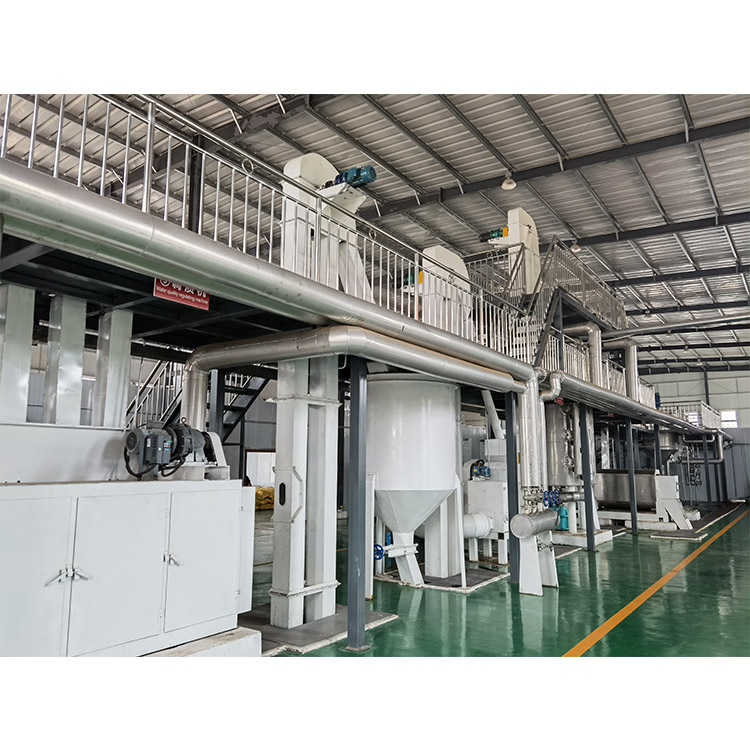How to Choose the Right Automatic Peanut Oil Press Machine Based on Production Capacity
2025-08-10
Tutorial Guide
Ready to launch your peanut oil production efficiently? This comprehensive guide walks you through selecting the ideal automatic peanut oil press machine tailored to your output needs—whether you're a small farm or large-scale processor. Learn how to match equipment models with capacity requirements, understand key selection factors like budget, space, and energy efficiency, and avoid common pitfalls. Includes practical comparison tables, installation checklists, real-world success stories, and troubleshooting tips to ensure smooth startup and long-term performance. Perfect for beginners and industry professionals alike.

How to Choose the Right Automatic Peanut Oil Press Based on Your Production Needs
In the peanut oil industry, choosing the wrong press isn’t just a waste of money—it can delay your entire production timeline and hurt your bottom line. Whether you're running a small farm or managing a large-scale processing plant, selecting the right automatic peanut oil press starts with understanding your actual output needs—not just what looks good on paper.
Match Capacity to Scale: From Small Farms to Industrial Plants
Here’s how we break it down:
| Scale |
Recommended Model |
Daily Output (kg) |
Power Consumption (kW) |
Automation Level |
| Small Farm |
PE-300A |
150–250 |
3.5 kW |
Fully automatic with touch control |
| Medium Plant |
PE-800B |
600–1000 |
8 kW |
Semi-auto with PLC logic |
| Large Facility |
PE-1500C |
2000–3000 |
15 kW |
Fully automated + remote monitoring |
Key takeaway: A high-output machine doesn’t always mean better ROI. In fact, over-sizing by even 30% can increase energy costs by up to 25%—and that’s not sustainable long-term.
What Really Matters in Selection? Beyond Just "More Output"
You might think capacity is everything—but here’s where many buyers miss the mark:
- Budget constraints: Don’t overlook total cost of ownership (TCO). Our clients often save 15–20% annually by opting for models with better energy efficiency (like our energy-saving motors) instead of chasing raw horsepower.
- Space limitations: A compact design like the PE-300A fits into existing sheds without major structural changes—a win for startups.
- Local power standards: We’ve seen cases where users chose a 480V model only to realize their facility runs on 220V. Always check voltage compatibility before ordering!
“After switching to the PE-800B, our oil yield improved from 42% to 47%, and downtime dropped by 40%. The automation made all the difference.” — Maria Lopez, Owner, La Vida Aceite, Mexico
Before You Install: Critical Prep Steps You Can’t Skip
Even the best machine fails if installed poorly. Here’s what we recommend:
- Level the floor within ±2mm tolerance using laser-guided tools—this prevents misalignment during operation.
- Ensure proper water flow (min. 1.5 L/min) for cooling systems—some users skip this and end up with overheating issues.
- Install grounding wires correctly—safety first, especially in humid environments like Southeast Asia or South America.
Pro tip: Use our free Installation Checklist PDF—it includes wiring diagrams, torque specs, and common error codes to avoid during commissioning.
Troubleshooting Like a Pro: Quick Fixes for Common Issues
If your press isn’t reaching expected output, check these first:
- Is the screw pressure set correctly? Too low = poor extraction; too high = wear faster.
- Are the filters clogged? Clean them every 200 hours of use to maintain consistent flow.
- Is the temperature stable? Ideal range: 65–75°C. Fluctuations affect both oil clarity and yield.
Still stuck? Download our Quick Diagnostic Guide—it walks you through 12 real-world scenarios based on actual client feedback.
Got questions about your specific setup? Let us know in the comments below—we’ll share tailored advice based on your location, volume, and goals. And if you’re ready to move forward, click the link below to get a customized quote and installation plan.
Get Your Customized Oil Press Plan Today



